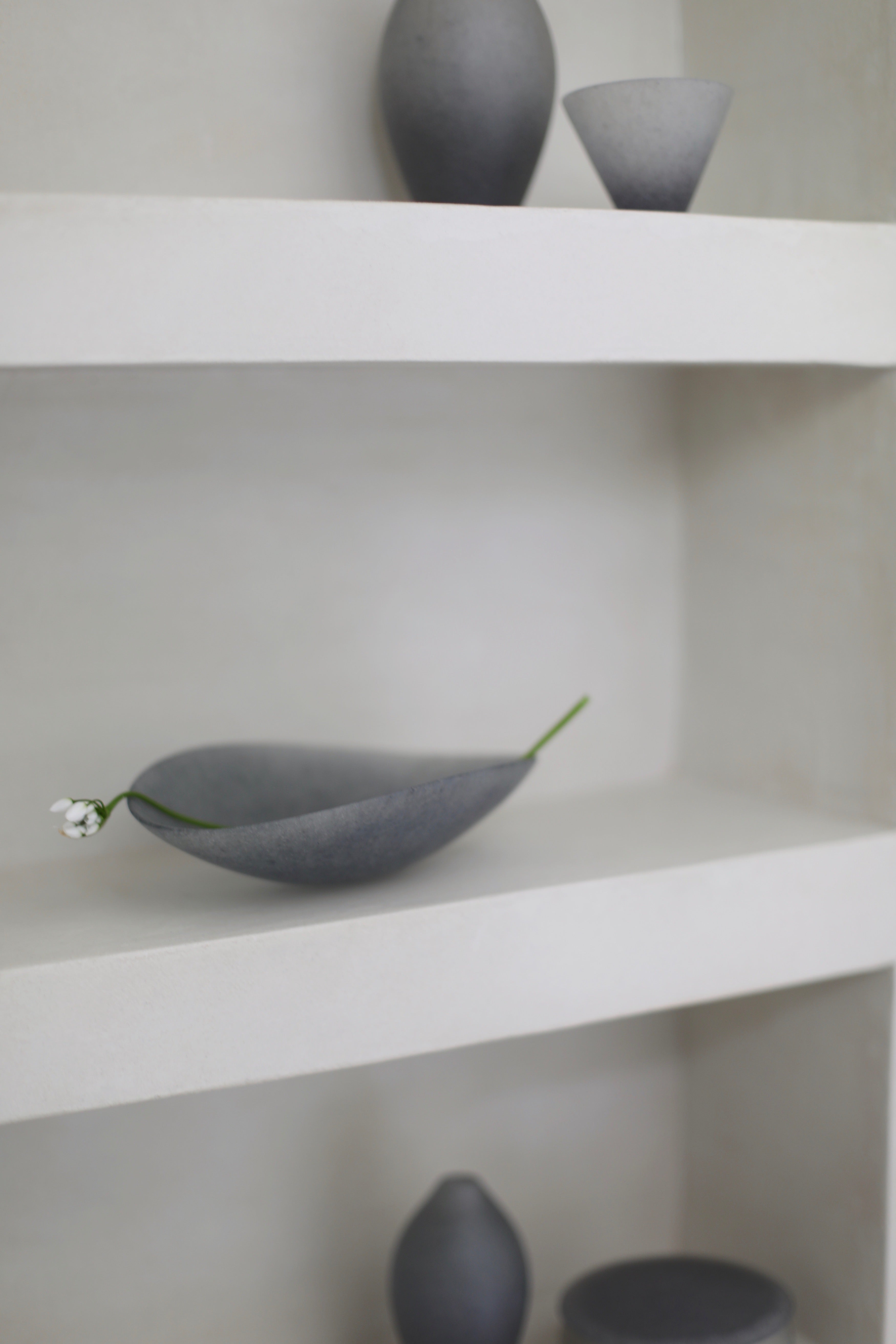Naoshima Island is a tiny island in the Seto Inland Sea that is commonly referred to as Japan’s art island. The island is celebrated for its art museums, architecture and sculptures, which combined with the beaches and relaxed atmosphere, attract art-lovers and tourists from across the world.


Image source: Medium.com
In 1989 the activities of the Bennesse Art Site began, creating art museums, installations and sculptures on Naoshima Island and the art islands that surround it: Teshima and Inujima. These art islands are part of the first surge re-purposing of abandoned urban buildings, but are distinctive and unique in their respect for, and immersion in, the natural landscape. Art is scattered around, a very dramatic effect with the backdrop of the sea.
World renowned architect Tadao Ando was very involved in realising the art project on the island, designing Benesse House Museum and Chichu Art Museum, as well as further art galleries. Ando’s innovative use of light is a persisting theme in his designs, and he emphasizes the link between nature and architecture. Ando believes that architecture should perform, and make evident, the attitude of the site.
Chichu Art Museum is deemed by many as the highlight of Naoshima Island, including Karen, the founder of Maud and Mabel. She recounts how the experience of seeing the triptych of Claude Monet’s ‘Water Lilies’ paintings was made even more special by the building’s variation of light. The museum was built on a hilltop, but to avoid ruining the scenery of Naoshima, the majority of it is underground. The museum is lit by portholes which let in natural light, meaning that as the day progresses, the light in the museum changes, altering the appearance of the artworks and the ambience. The visitor experience is dependent on the natural world outside, and the Monet-inspired lily garden that leads to the entrance is the perfect indicator of this.
Chichu Art Museum was built in 2004 to examine the relationship between people and nature. It is fitting that in a subterranean museum so reliant on natural light, there are a few works by James Turrell, an American artist who studied perceptual psychology, who uses light as a medium. Turrell’s ‘Open Sky’ is part of his series of ‘Skyspaces,’ chambers with apertures in the ceiling open to the sky.
Benesse House, is a boutique hotel and a museum by the beach, and houses the work of modern artists such as Hiroshi Sugimoto, David Hockney, Shinro Ohtake,
Jean-Michel Basquiat, Andy Warhol and Cy Twombly. Hotel guests are able to wander through the galleries after hours, which is an extraordinary experience.
There was an exhibition on Hiroshi Sugimoto on the terrace of Benesse House Museum, and it was an extraordinary sight to see his beautiful images of the sea mirroring the view of the sea.
Art House Project is the wonderful conversion of abandoned homes into works of art. Beginning in 1998, the project now exists in seven locations in the Honmura district. Everyday life carries on as normal in Honmura, and as visitors go to the galleries, cafes and spaces that have been constructed within the houses, they experience the history of the community as well as the art. The project is organic, spontaneous and evolving, with every visit bound to be different as a result of differing interactions with the locals. We visited a James Turell installation in one of these homes, which was a powerful and thoroughly affecting moment.
Immensely talented and accomplished Pop artist Yayoi Kusuma created a playful Red Pumpkin can be seen by Miyanoura port, and a Yellow Pumpkin which is on the pier below Benesse House. The yellow pumpkin, featuring Kusuma’s characteristic black polka dots, has become the unofficial icon of Naoshima Island. The majority of Kusuma’s work is exhibited temporarily, providing a contrast with this semi-permanent pumpkin which has become synonymous with the island. Bright and vibrant against the horizon, the Yellow Pumpkin represents both humans and nature.
The philosophy behind Naoshima Island is inspirational, to say the least. The island has been brought to life as a ‘canvas’ for art and culture, whilst a level of serious respect has been retained. It is a national park, rich with nature and an unspoilt landscape, that serves as a seasonally and daily changing backdrop for art and architecture.



